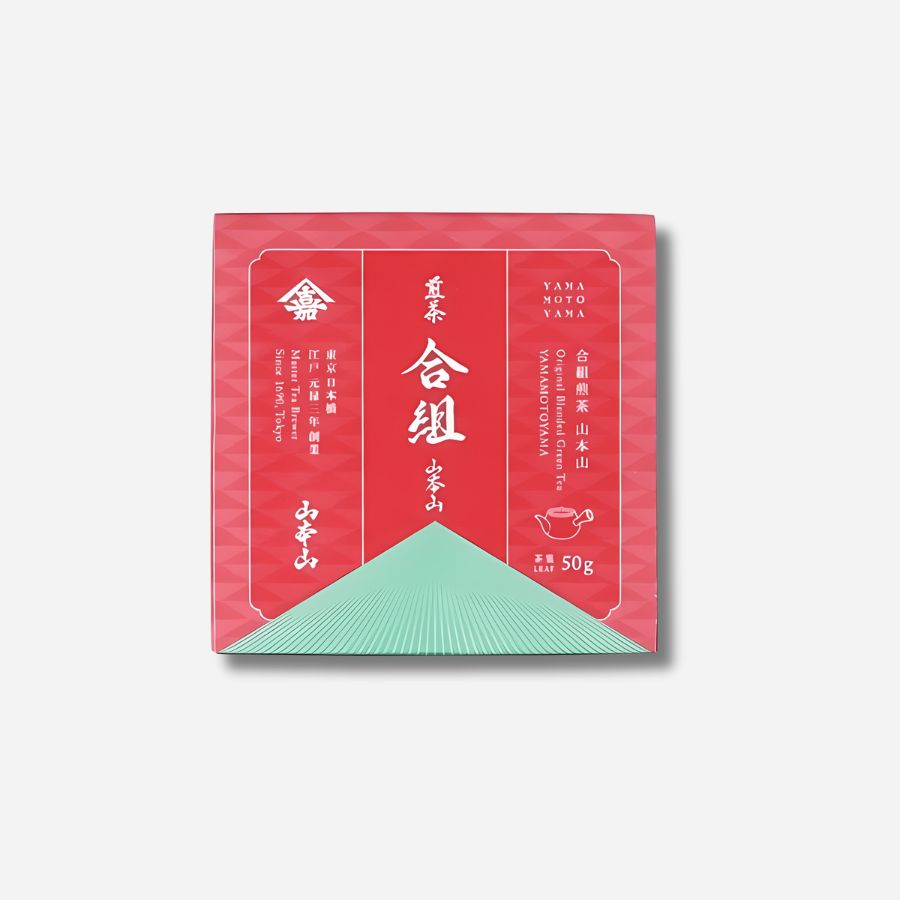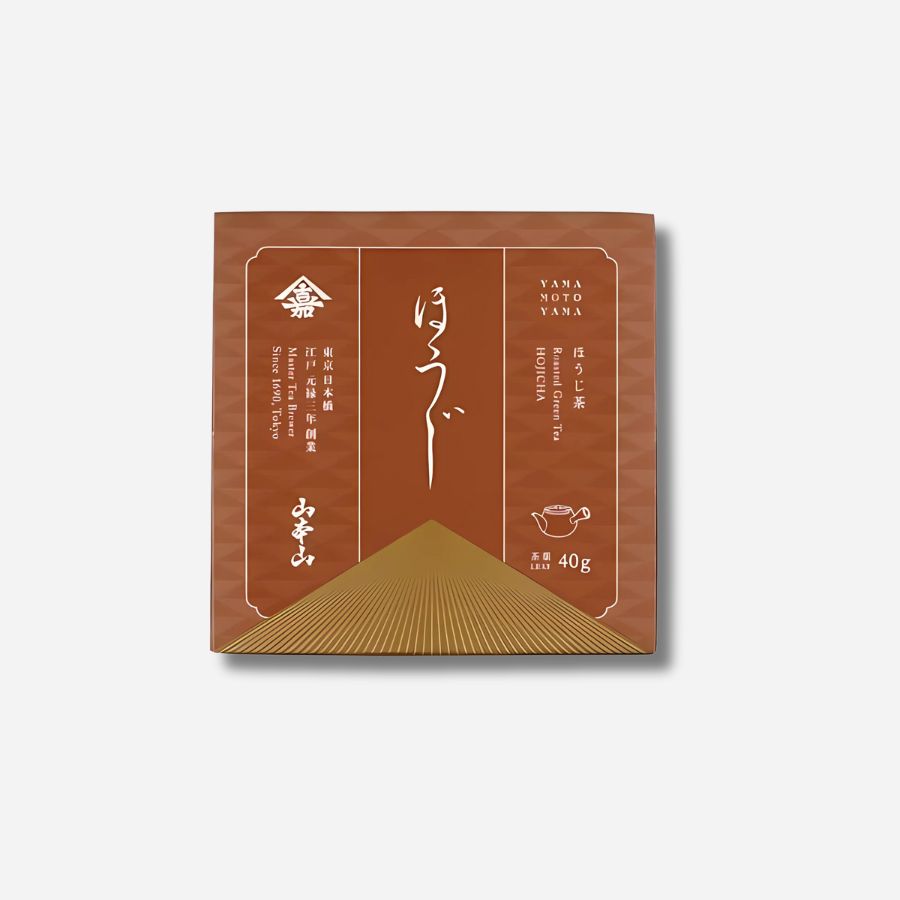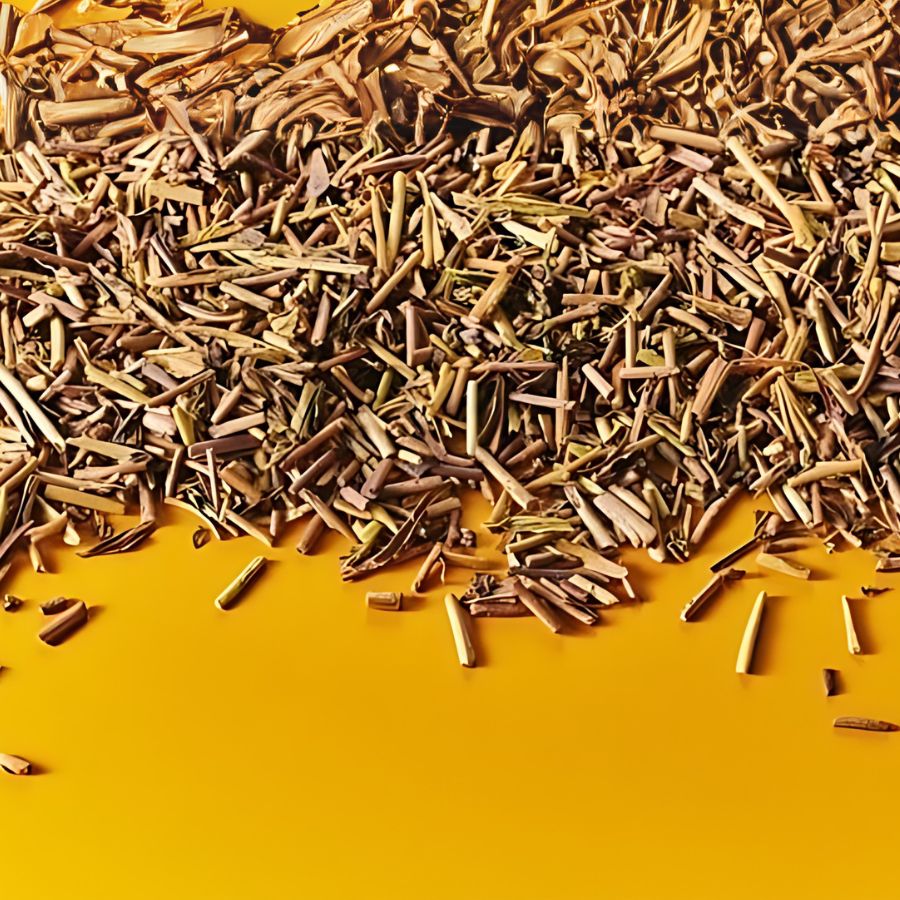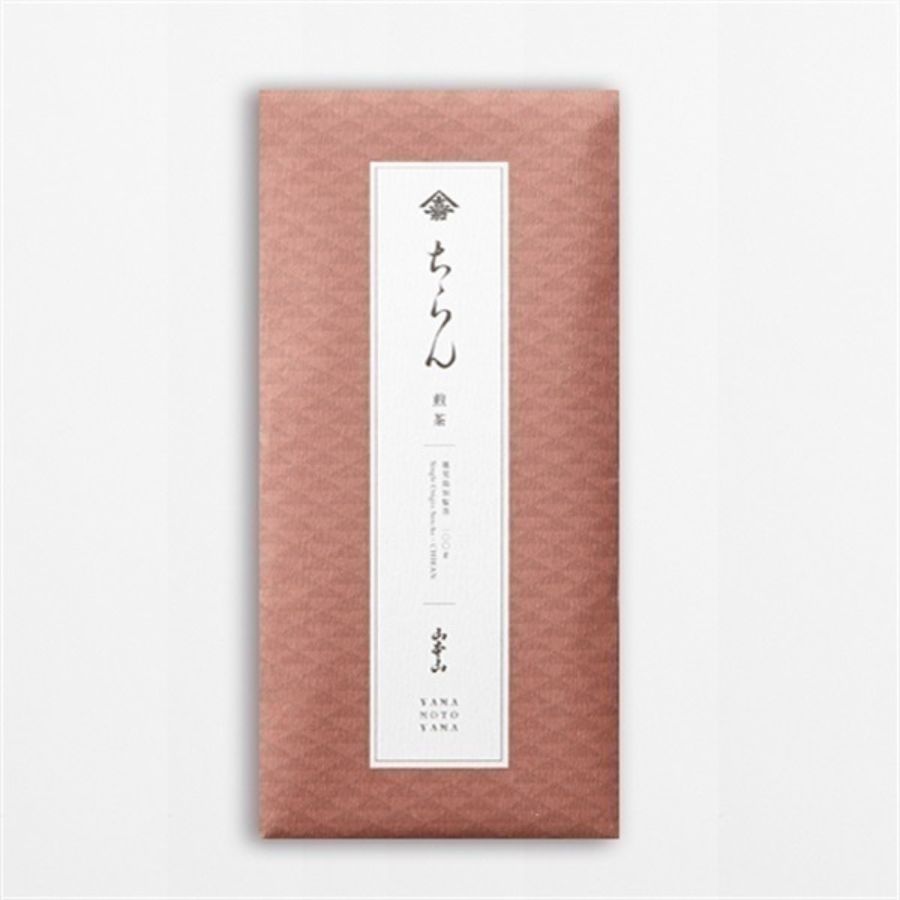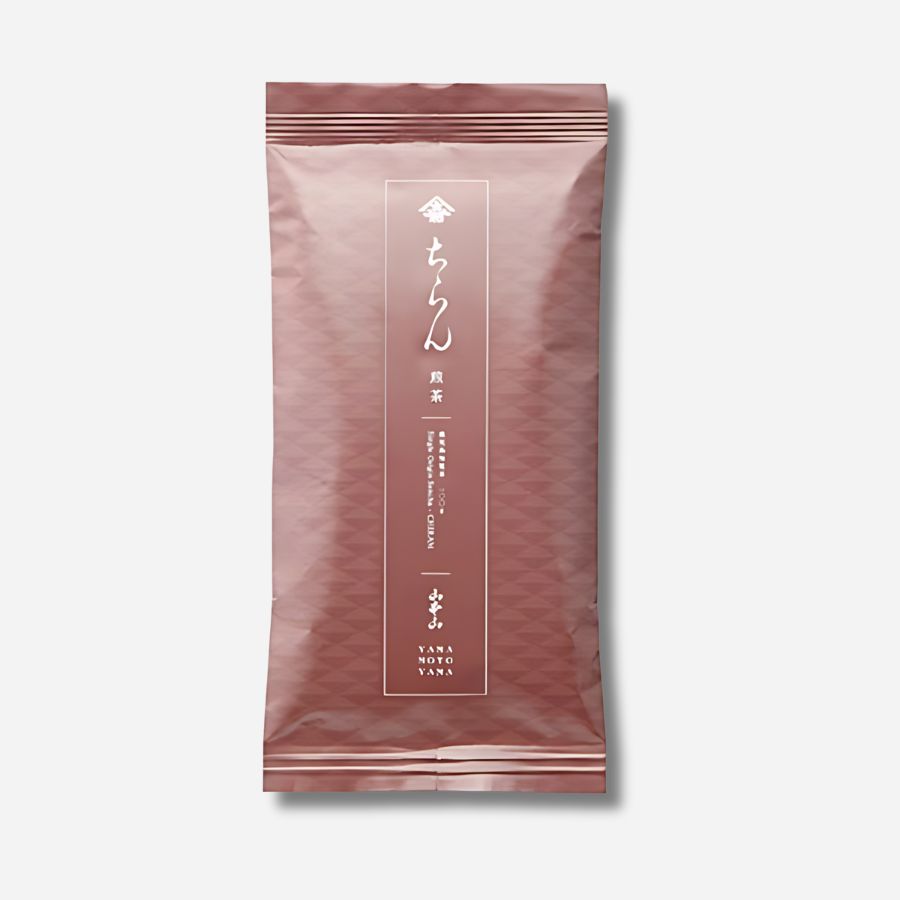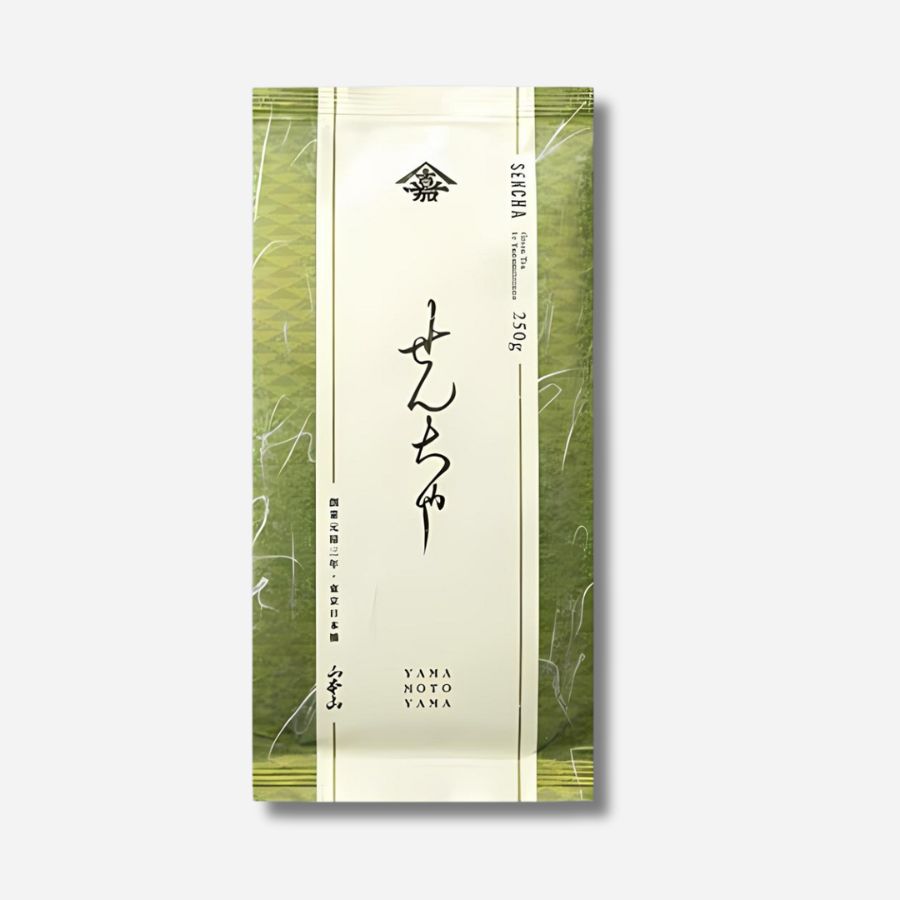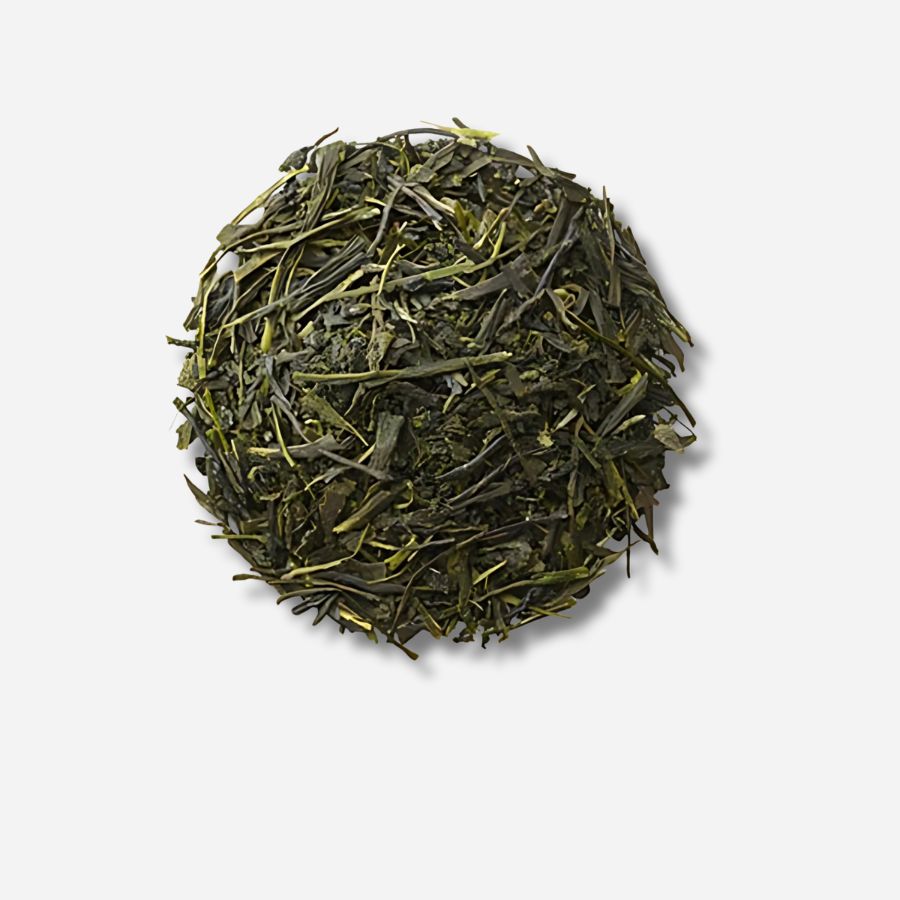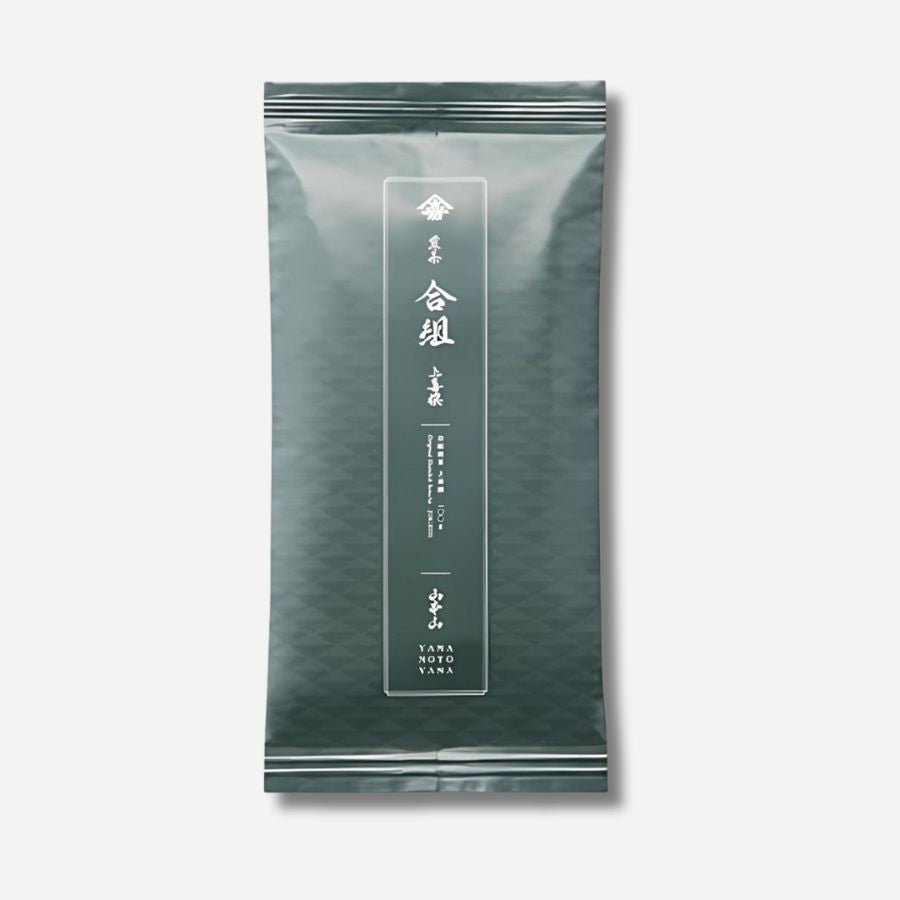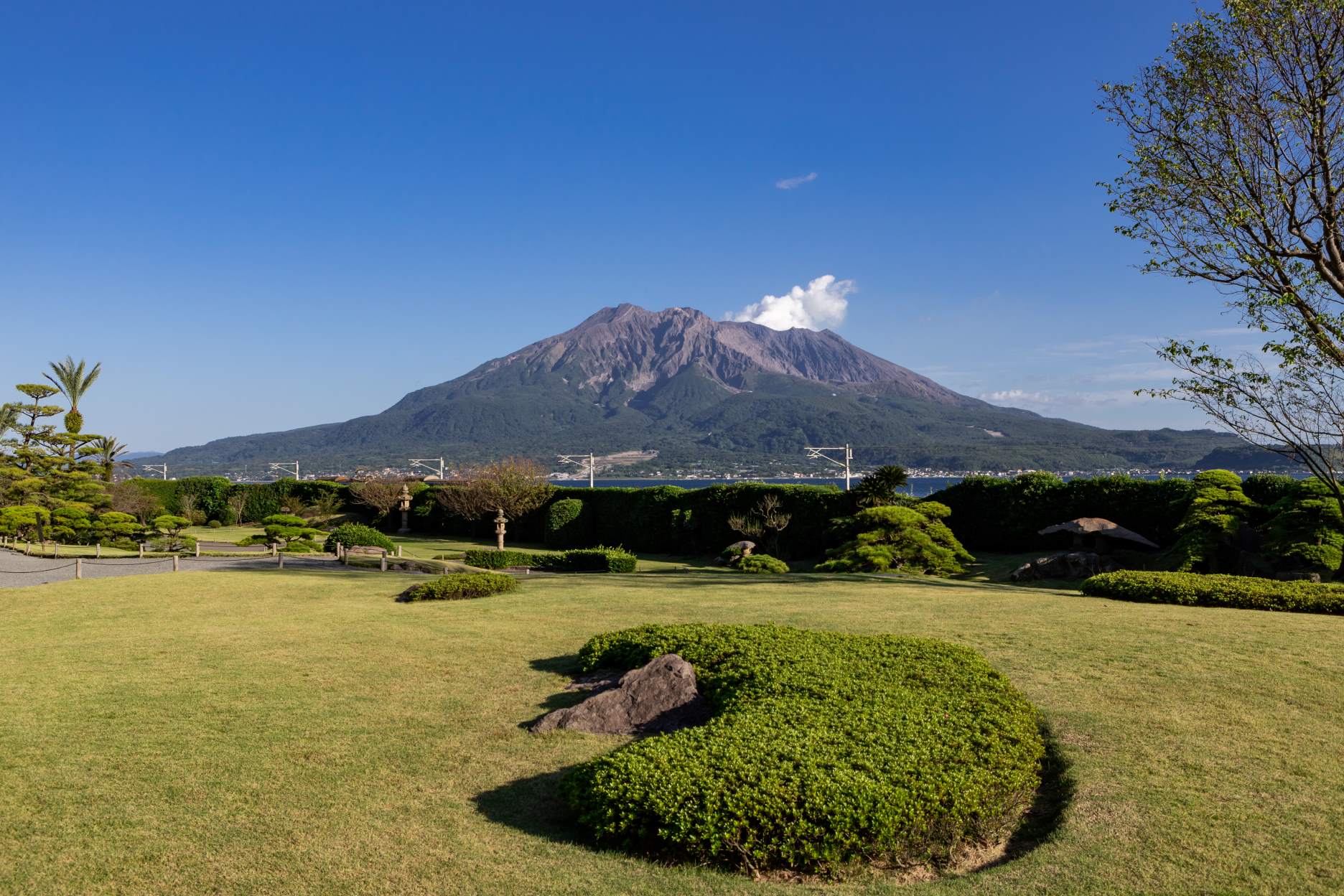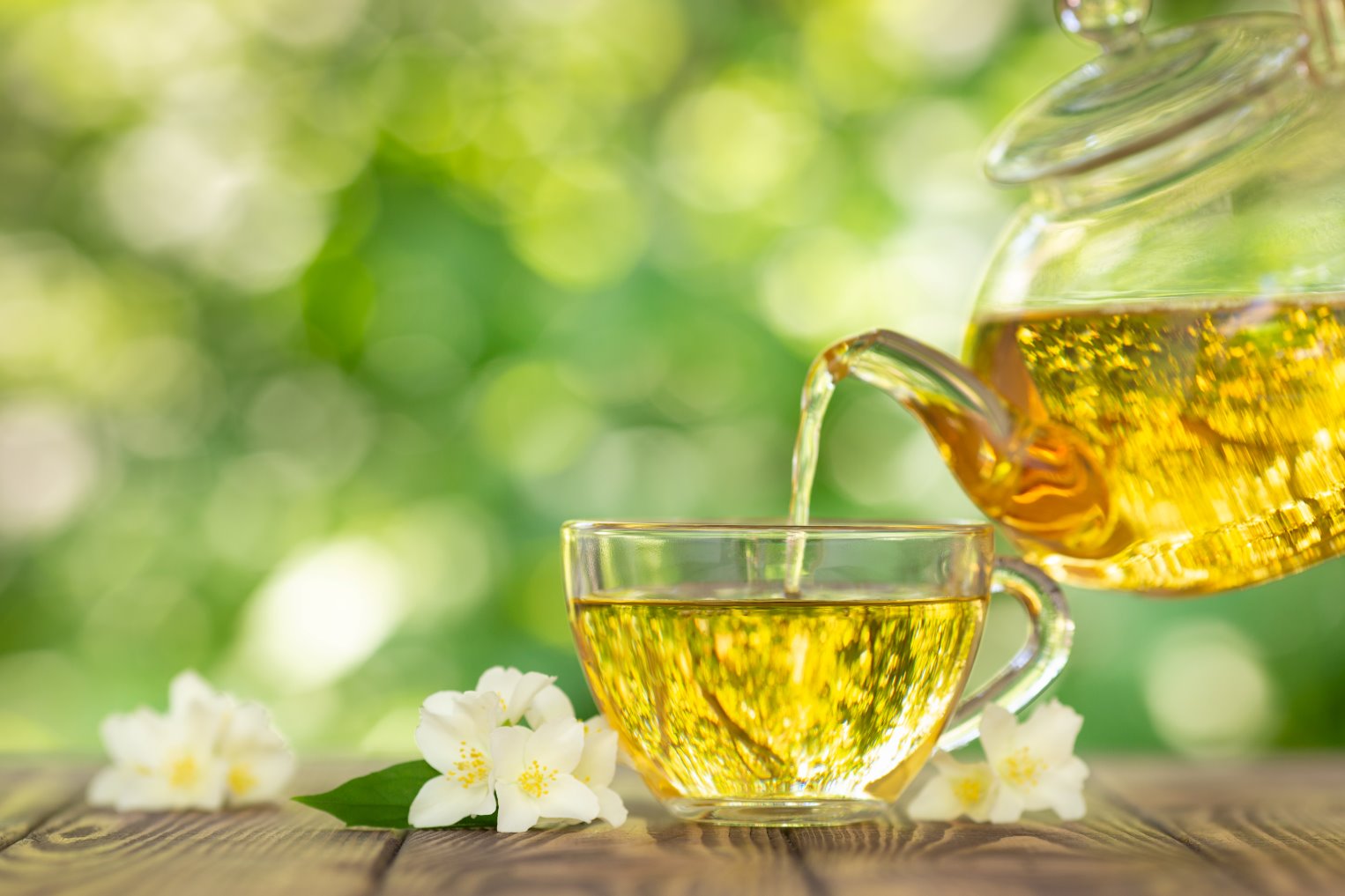
The aroma is irresistible! Jasmine tea is actually green tea!
Introduction
In recent years, the opportunities to see jasmine tea have increased dramatically.
Its growing popularity is also evident from data showing that the domestic jasmine tea market has expanded by approximately 50% in beverages and 35% in leaves in the last five years. (*Food Industry Newspaper, August 27, 2018)

Jasmine tea is actually green tea
Many people mistakenly believe that jasmine tea is made from jasmine leaves, but in fact it is made by infusing the aroma of jasmine flowers onto green tea leaves.
This type of tea is called "flower tea" and takes advantage of the tea leaves' tendency to easily absorb aromas. (Oolong tea leaves are sometimes used.)

Fujian Province, the home of jasmine tea
The Fujian province of China has long been known as a major producer of jasmine tea.
It has a history of being enjoyed by people since the Qing Dynasty, and today it is made using the traditional method of layering tea leaves and jasmine flowers to transfer the floral aroma to the tea leaves.
It is said that by repeating this process, a more fragrant and refined jasmine tea is produced.

There is also something called "jasmine pearls" which is made by rolling tea leaves into balls and drying them.
When boiling water is poured over the tea leaves, they slowly open up like flowers, making it a visual treat as well as a taste treat.

Sanpin tea and jasmine tea
In fact, the "Sanpin tea" that is popular in Okinawa is also a type of jasmine tea.
It often uses tea leaves that are more fermented than green tea, giving it a unique flavor.
The name is said to have evolved from the Chinese word "xiangpian cha" (shanping tea) to "sanpin cha" in the Okinawan dialect.
As such, there are many variations in jasmine tea depending on the production method, the type of tea leaves used, and the region.
The addition of the scent of jasmine to green tea gives it a refreshing and gorgeous flavor that has captivated many people.





